Diesel Engine Patented in US
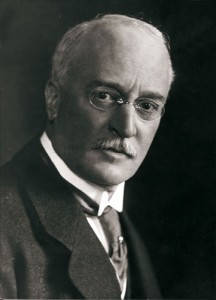
The US Patent Office awards patent 608,845 to Rudolf Diesel for his diesel internal combustion engine.
Project Chess Gets Approval
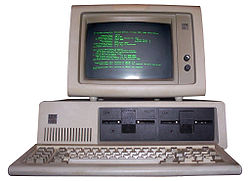
The Project Chess team at IBM shows a prototype microcomputer to their corporate management. Management gives approval for the team to build an operational computer within a one year deadline to compete in the rapidly emerging personal computer market. One year and 4 days later, the IBM PC is introduced to the world and the rest is history.
IBM Presents Harvard the Mark I
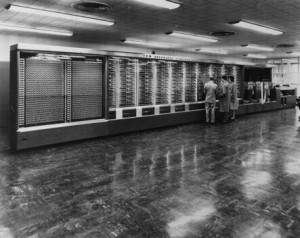
IBM presents Harvard University their Automatic Sequence Controlled Calculator (ASCC), an electro-mechanical computer devised by Howard H. Aiken and built by IBM. Harvard renamed the ASCC the Harvard Mark I. The Mark I was not significant for technological advances, as the fully-electronic ENIAC was being constructed when the Mark I was being put into service. However, the Mark I was the first large-scale digital calculator ever built and served to spark the desire for more and better computing machines.
Apple and Microsoft Call Truce
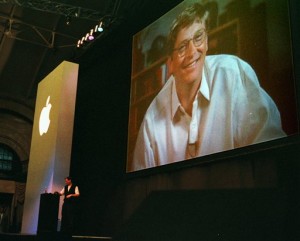
At the Macworld Expo in Boston, Steve Jobs announces that Apple and Microsoft have signed a five-year alliance. Bill Gates famously makes his seemingly ominous “big brother” appearance on the large presentation screen during the announcement. As part of the deal, Microsoft committed to continuing development of Microsoft Office for Mac over the next five years, Apple would make Internet Explorer the default web browser on the Mac, Apple and Microsoft would collaborate on Java compatibility, and Microsoft invested $150 million in Apple stock. However, the most important part of the arrangement is that both companies would cross-license all existing patents along with any new patents over the next five years, Apple would drop their long-running series of patent-infringement lawsuits against Microsoft, and Microsoft paid an undisclosed amount of money to Apple.
The common assumption in the tech community was that Microsoft’s $150 million investment in Apple saved the company. However, the reality is that with Apple holding $1.2 billion in cash at the time, $150 million was a relatively small sum of money. Some now believe the undisclosed amount of money that Microsoft paid Apple was in fact a secret settlement to the patent-infringment claims, a large part of which was related to Apple’s claim that Intel and Microsoft stole code related to the QuickTime multimedia technology. Estimated at anywhere between $500 million to $2 billion, this was the real meat of the so-called “cross-licensing” arrangement. It was likely this much larger undisclosed amount, plus the approximately $1 billion Apple earned by divesting itself of most of their investment in ARM stock over the course of 1998-1999, along with the show of confidence that Apple would be around at least another five years that gave Apple and Steve Jobs the breathing room needed to reinvent Apple and eventually build it into the most valuable company in the world.
First Transatlantic Telegraph Cable Completed
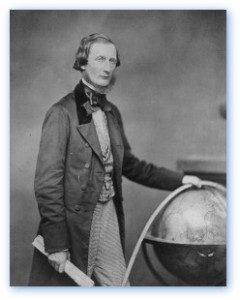
After four failed attempts, American merchant Cyrus West Field succeeds in completing the first successful transatlantic telegraph cable. Completed approximately two months after construction began, the cable is only operational for just over a month. However, this cable proved the feasibility of transatlantic communications and Cyrus West Field raised new funds to complete the first permanent telegraph line in 1866.
NASA Launches Phoenix
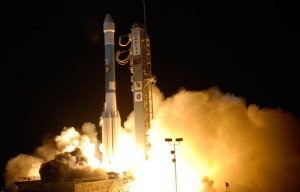
NASA launches the Mars Phoenix lander. Phoenix would become the first spacecraft to land on the Martian arctic surface. Its mission was to dig for ice and assess if the Martian arctic ever had conditions that could have supported life.
Apple Introduces the Newton
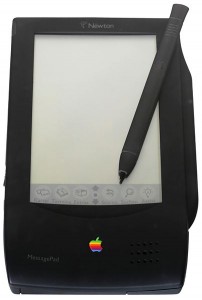
Apple introduces the Newton MessagePad, one of the world’s first Personal Digital Assistants (PDA). The term PDA was first used by Apple CEO John Scully in 1992. While a commercial failure, the Newton platform set the bar for future PDA designs. But perhaps the most important advancement the Newton offered to the technology industry was the development of the ARM processor architecture. Apple partnered with and invested heavily in the fledgling architecture to power the Newton devices, acquiring 43% of Advanced RISC Machines, Ltd. in the process. The ARM architecture has been the foundation of most of the world’s mobile devices since that time, including all versions of the Apple iPhone and iPad and now the M series processors for the Macintosh. Incidentally, in 1998 Apple began selling much of their ownership interest in ARM, reportedly generating around $1 billion through 1999. This gave Apple some much needed cash to carry them through their darkest days and into their turnaround to become the world’s most valuable company.
Radio Shack Introduces TRS-80
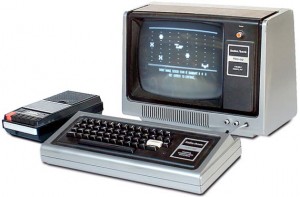
Radio Shack introduces their first computer, the TRS-80. With the support of 3500 Radio Shack stores plus a relatively low cost, the TRS-80 helped drive the acceptance of the personal computer in the home. Originally forecasting sales of just 3,000 to 5,000 per year, the TRS-80 sold over 10,000 units in the first month-and-a-half of sales and 200,000 over the lifetime of the product.
First San Francisco Cable Car

The Clay Street Railroad begins operation, making it the first cable car in San Francisco’s now famous cable car system.
The Final End of the Lisa
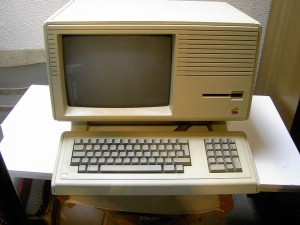
Apple discontinues production of the Macintosh XL, effectively ending the life of the Apple Lisa computer platform. In January of 1985, the Macintosh line of computers was gaining momentum but the Lisa line of computers was not selling well. In order to salvage what they could from the Lisa and offer a more powerful Macintosh computer, Apple created the Macintosh XL model by modifying a Lisa 2/10 computer to run the Macintosh operating system. Apple discontinued the Lisa in April of 1985, but continued production of the hybrid Lisa/Mac Macintosh XL until this date.
